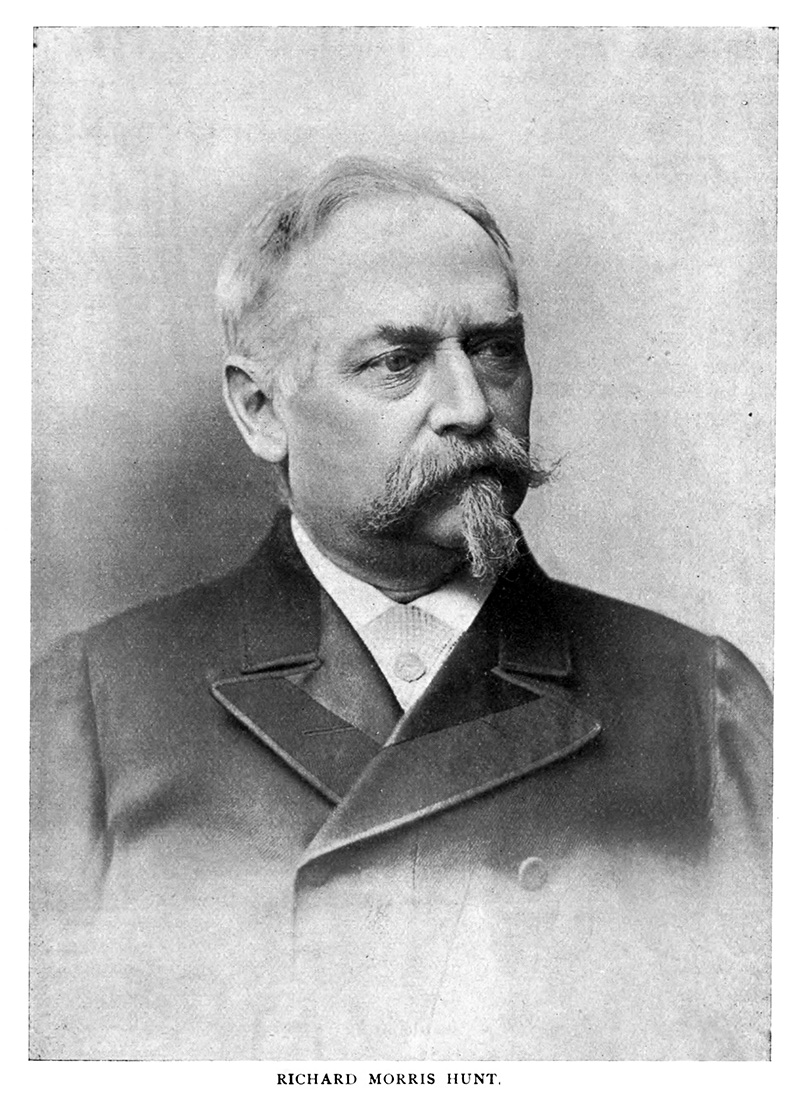
Today marks the anniversary of the death of Richard Morris Hunt, on July 31, 1895. Among the most revered architects working in the U.S. at the time of the World’s Columbian Exposition, Hunt was invited to contribute a design for the Administration Building, which stood in a position of honor at the west end of the Grand Basin.
The magnificent classical Beaux-Arts building, capped by a gleaming gold dome, was considered one of the finest structures on the fairgrounds. One contemporary chronicler called it “the gem and crown of the Exposition Buildings” [Moseley, 192]. His design for the Administration Building won Hunt gold medal from the Royal Institute of British Architects.
The experience of a lifetime for many visitors to the fairgrounds began at their arrival in the court adjoining the Illinois Central station. There, only Hunt’s majestic Administration Building — the tallest structure on the grounds — could be seen. [Pregill, 579] A Columbian Exposition historian observed that the golden dome, “symbolic of unity, grandeur, and order, was to have provided the first and controlling impression of benign authority and solidity,” [Badger, 120] while an art historian describes the 275-feet-high Administration Building as “the octagonal centerpiece of the fair and the nerve center of its order and authority.” [Lovell, 43]
Collaborating with Hunt on the Administration Building design was sculptor Karl Bitter, who provided an abundance of decorative statues to embellish the building. Art historian Lewis Sharp writes about the significance of this partnership in The Architecture of Richard Morris Hunt:
“The fruit of Hunt’s and Bitter’s successful collaboration, the lesson in coordination and planning, was one of the great legacies of the Columbian Exposition. Out of the fair came a renewed stimulus to the American Beaux-Arts neoclassical revival and the ‘City Beautiful’ movement that was to dominate American urban planning for the next quarter century.” [Sharp, 145]
In this way, the sunlight bouncing off the golden dome of Hunt’s Administration Building continues to illuminate.
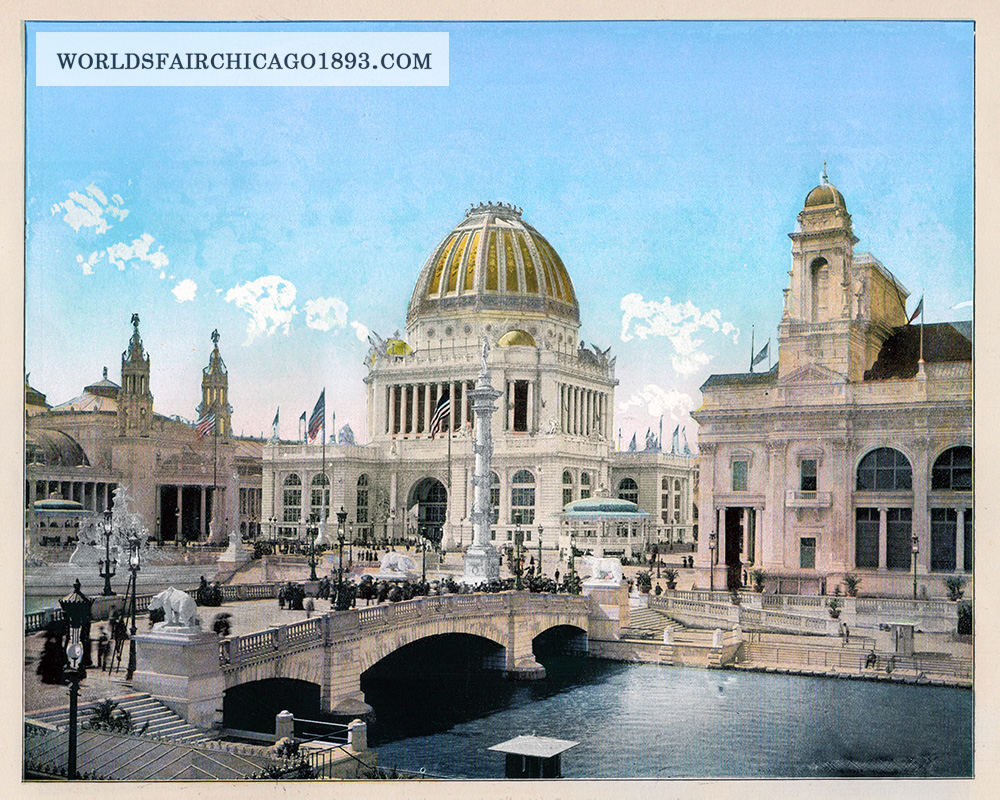
SOURCES
Badger, Reid R. The Great American Fair: The World’s Columbian Exposition and American Culture. Rowman & Littlefield Publishers, 1979.
Lovell, Margaretta M. “Picturing ‘A City for a Single Summer’: Paintings of the World’s Columbian Exposition” The Art Bulletin, 78, 1 (March 1996), pp. 40-55.
Moseley, D. S. Picturesque Chicago and Guide to the World’s Fair. D. S. Moseley, 1893.
Pregill, Philip; Volkman, Nancy Landscapes in History: Design and Planning in the Eastern and Western Traditions, Second Edition. John Wiley & Sons, 1999.
Sharp, Lewis I. “Richard Morris Hunt and his influence on American Beaux-Arts sculpture” in The Architecture of Richard Morris Hunt Susan R. Stein (ed.), University of Chicago Press, 1986.

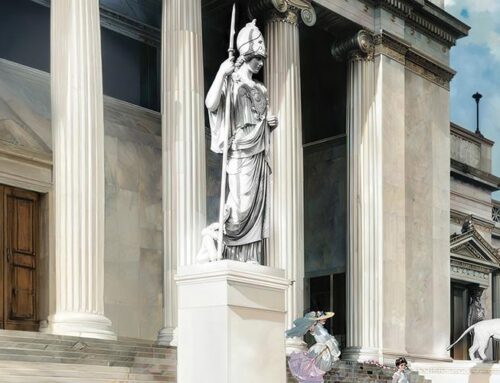
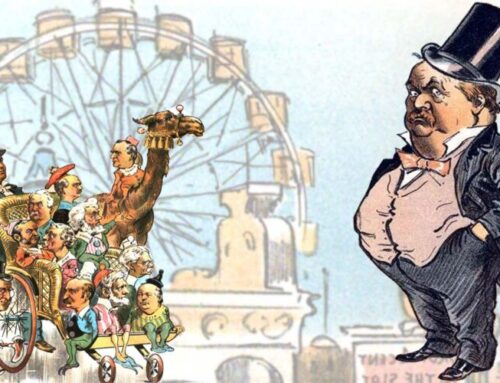
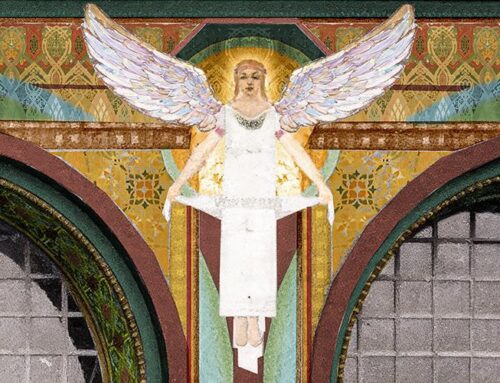
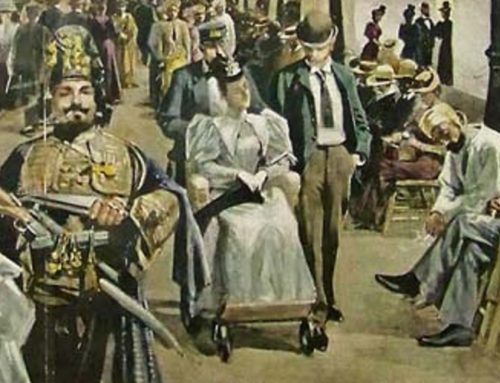

Leave A Comment